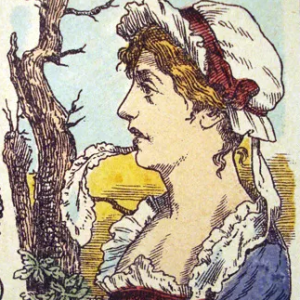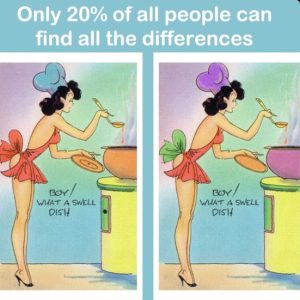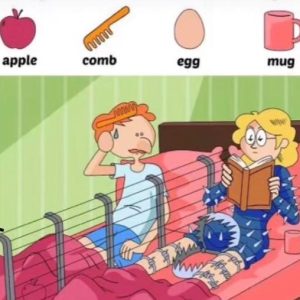Ever glanced at a visual puzzle and thought, “Pfft, easy”? Well, this fuel puzzle is about to humble you—in the best way. It looks simple on the surface: just a few cars, some pipes, and a gas source. But dig a little deeper, and you’ll find hidden tricks waiting to trip up even the sharpest minds. Let’s break it down and see if you’ve got what it takes to solve it.

The Puzzle Setup: A Game of Pipes and Patience
So, here’s the setup: You’ve got four cars lined up—Car 1, Car 2, Car 3, and Car 4—and they’re all connected by a maze of pipes to a single fuel tank. The goal? Figure out which car fills up first when the fuel starts flowing.
Sounds easy, right?
Not so fast. The pipes have some sneaky design features—blocked paths, dead ends, and misleading connections. Most people look at the image and go with their gut. But the only way to win this challenge is to slow down, trace every line, and think logically.
Video: Visual Riddle: Which Car Is Filled First?
Why People Keep Getting It Wrong
Let’s be real—most people fail this challenge. Why? Because they do what humans always do: make assumptions. They see a pipe leading to Car 1 and immediately think, “That’s it!” without checking if the path is even open.
The trickiest part of this puzzle is how our brains love shortcuts. But in this case, shortcuts will lead you straight to the wrong answer. The real winner here is the one who notices the smallest details—like a closed valve or a sealed pipe segment.
Break It Down: Step-by-Step Pipe Logic

Alright, let’s get surgical with it. We’re going to trace each fuel path from the top and see where the gas can actually go.
Car 1: Looks like it has a direct connection. But wait—trace the line more carefully. Boom. Blocked pipe. No fuel’s getting through here.
Car 2: Seems promising. But once again, that sneaky block shows up just before the gas gets close. Another dead end.
Car 4: Everyone wants this one to work because the line looks open. But surprise, surprise—another closed segment stops the fuel in its tracks.
Car 3: Now here’s where the magic happens. Follow the line from the fuel source and you’ll see a clean, unobstructed route. No tricks, no hidden blocks—just a straight shot of gas.
So the answer is… Car 3.
If you got that right without peeking, give yourself a round of applause. You’ve got better focus than most.

Why Puzzles Like This Matter
Sure, it’s just a fun little game. But puzzles like these reveal a lot about how we think. Are we detail-oriented? Do we rush to conclusions? Can we slow down and break down a problem before making a call?
It’s also a good reminder that things aren’t always what they seem. Just because something looks like it should work doesn’t mean it does. That’s a life lesson wrapped up in a brain teaser.
How to Sharpen Your Logical Thinking
Want to get better at puzzles like this one? Here are some quick tips:
- Slow down. Don’t rush. Logic requires patience.
- Work backwards. Sometimes starting from the end helps you see things more clearly.
- Don’t assume anything. Always check the entire path before drawing conclusions.
- Practice regularly. The more puzzles you do, the sharper your brain becomes.
It’s like working out, but for your problem-solving muscles.
Your Turn: Did You Nail It or Get Fooled?
Video: 13 Riddles That Will Test Your Brain Speed
We want to know—did you get it right on the first try? Or did the tricky pipework throw you off? Either way, you’ve just given your brain a solid workout.
And if you loved this challenge, don’t stop here. There are plenty more where this came from—optical illusions, math riddles, and brain teasers that will stretch your thinking in all directions.
Conclusion: It’s All in the Details
This fuel puzzle proves one thing: the devil is in the details. What looks simple can turn out to be surprisingly complex when you take a closer look. Whether you nailed it or missed it, the point isn’t about being right—it’s about learning to look deeper, think critically, and enjoy the ride.
So next time you see a puzzle that looks “too easy,” remember this one. Slow down, trace the path, and you might just surprise yourself. Because in the end, it’s not just about finding the answer—it’s about discovering how your mind works in the process.


